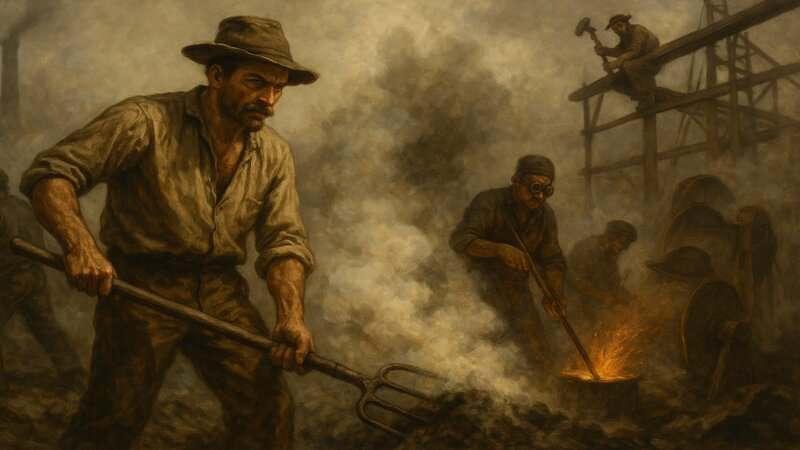1. Coal Miner

Coal miners in the 1800s faced a daily battle with the elements deep underground. Cave-ins were a constant threat, as unstable tunnels could collapse at any moment, trapping workers inside. Explosions were another hazard, often caused by the accumulation of flammable gases like methane. Additionally, the continuous inhalation of coal dust led to severe respiratory diseases, including “black lung” disease, which claimed many lives. Conditions were harsh, with miners working long hours in dark, cramped spaces, making this one of the most dangerous jobs of the time. Learn more about the perilous conditions faced by coal miners.


















